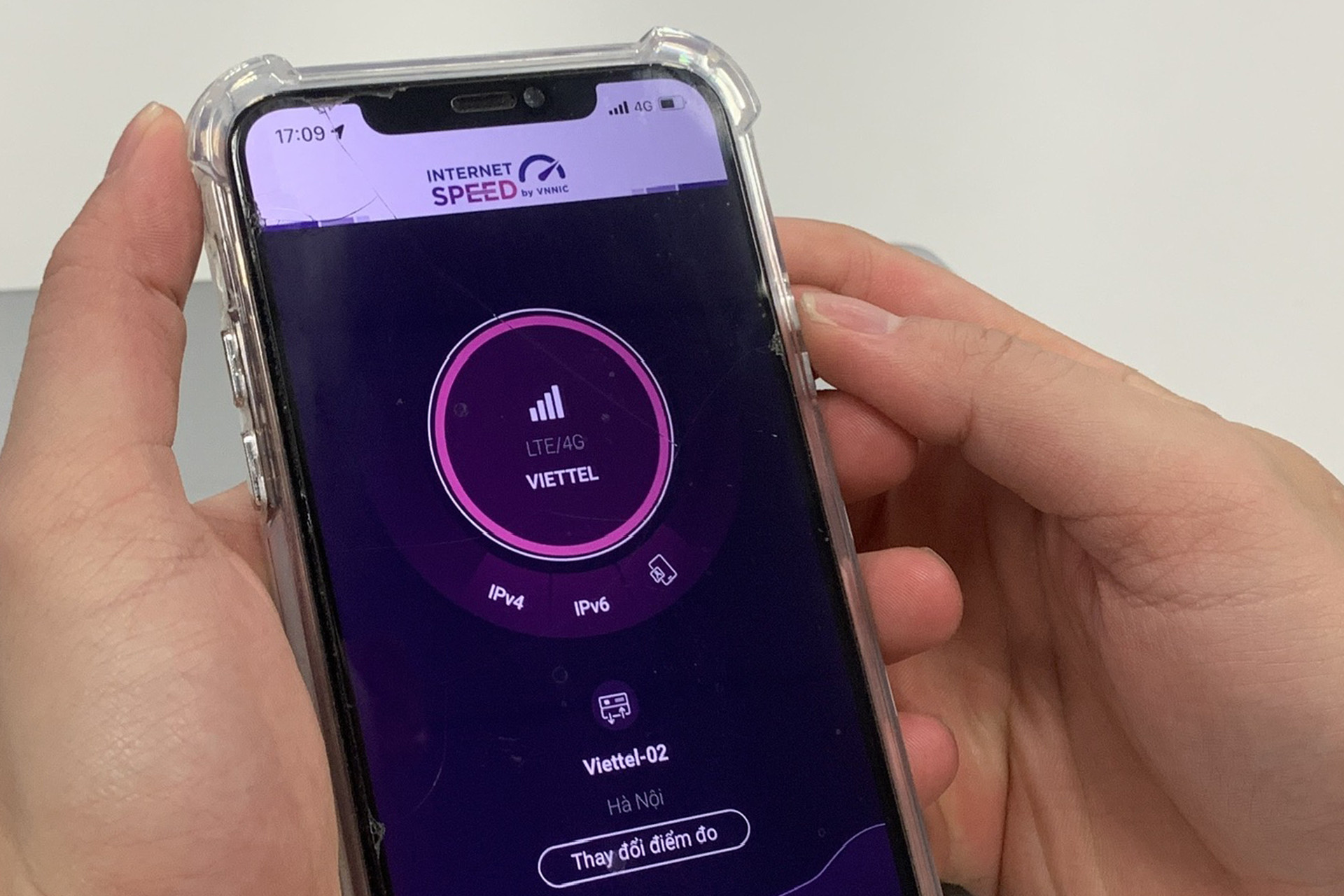
The Ministry of Information and Communications (MIC) has released a plan on improving Vietnam’s mobile network quality by 2025, which aims to deploy 5G commercialization.
The Authority of Telecommunications (AOT), the agency that compiled the plan, said the draft plan is open for opinions from units belonging to MIC, local departments, municipal and provincial authorities and large mobile network operators (Viettel, VNPT and MobiFone).
Under the plan, Vietnam aims to have the minimum average download speed of 40Mbit/s for 4G internet access by 2025, based on the i-Speed measurement, in districts, suburban districts, wards and communes.
By that time, Vietnam will complete mobile broadband coverage in depressed areas where the national electricity grid reaches (extremely difficult areas under the program on providing public telecom services by 2025, approved by PM); and complete mobile broadband coverage in depressed areas (in hamlets, residential quarters where the national electricity grid reaches, except in extremely difficult areas) as per the request of municipal and provincial information and communications departments.
By 2025, all railways, highways, expressways, and three urban railways will be covered with mobile broadband.
Vietnam will stop providing call service on the terrestrial telecom network that supports 2G technology, except for the service in areas near TruongSa, HoangSa archipelago and the DK Rig.
Regarding the full HD video content access service (1080p resolution) on the mobile broadband network, the minimum download speed must be 5Mbit/s. As for Ultra HD (4K resolution), the minimum download speed must be 25Mbit/s.
Regarding the target criteria for 5G commercialization, by 2025, all cities and provinces, and all hi-tech zones, concentrated IT zones, R&D and innovation centers, Industrial zones, stations, seaports and international airports will have 5G service. The average download speed of 5G internet service must be 100 Mbit/s in service-covered areas, based on i-Speed measurement
To turn the ambitious goals into reality, MIC has created four groups of key tasks and ninr groups of solutions to be deployed in the time to come.
The four key tasks include expanding wave coverage areas and increasing mobile telecom network service quality; strengthening resilience and recovery of the network; implementing management, supervision and measurement of network quality and mobile telecom services; and enhancing domestic cooperation to optimize the use of resources.
The nine solutions include implementing management, supervision, and measurement service quality; cooperating to optimize resources; organizing waveband auctions; turning off old technologies; developing passive telecom technological infrastructure; sharing infrastructure; providing public telecom services; organizing propaganda to improve awareness; and producing equipment in Vietnam.
Van Anh